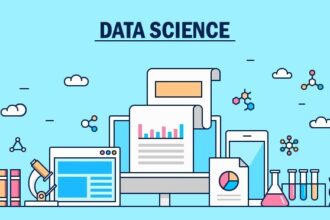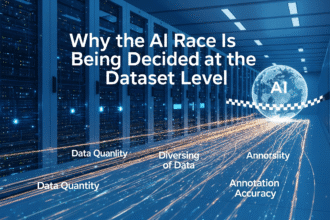I’ve spent the majority of my career building technologies that try to do useful things with large datasets.*
One of the most important lessons I’ve learned is that there are only two ways to make useful products out of large data sets. Algorithms that deal with large data sets tend to be accurate at best 80%-90% of the time (an old “joke” about machine learning is that it’s really good at partially solving any problem).
I’ve spent the majority of my career building technologies that try to do useful things with large datasets.*
One of the most important lessons I’ve learned is that there are only two ways to make useful products out of large data sets. Algorithms that deal with large data sets tend to be accurate at best 80%-90% of the time (an old “joke” about machine learning is that it’s really good at partially solving any problem).
Consequently, you either need to accept you’ll have some errors but deploy the system in a fault-tolerant context, or you need to figure out how to get the remaining accuracy through manual labor.
What do I mean by fault-tolerant context? If a search engine shows the most relevant result as the 2nd or 3rd result, users are still pretty happy. The same goes for recommendation systems that show multiple results (e.g. Netflix). Trading systems that hedge funds use are also often fault tolerant: if you make money 80% of the time and lose it 20% of the time, you can still usually have a profitable system.
For fault-intolerant contexts, you need to figure out how to scalably and cost-effectively produce the remaining accuracy through manual labor. When we were building SiteAdvisor, we knew that any inaccuracies would be a big problem: incorrectly rating a website as unsafe hurts the website, and incorrectly rating a website as safe hurts the user.
Because we knew automation would only get us 80-90% accuracy, we built 1) systems to estimate confidence levels in our ratings so we would know what to manually review, and 2) a workflow system so that our staff, an offshore team we hired, and users could flag or fix inaccuracies.
* My first job was as a programmer at a hedge fund, where we built systems that analyzed large data sets to trade stock options. Later, I cofounded SiteAdvisor where the goal was to build a system to assign security safety ratings to tens of millions of websites. Then I cofounded Hunch, which was acquired by eBay – we are now working on new recommendation technologies for ebay.com and other eBay websites.









